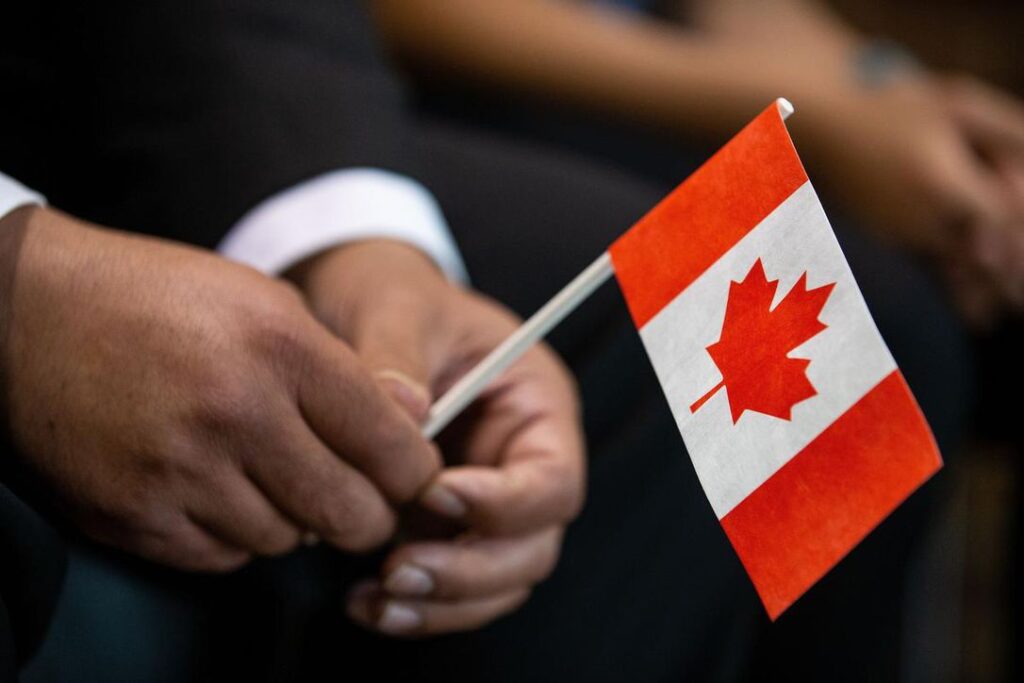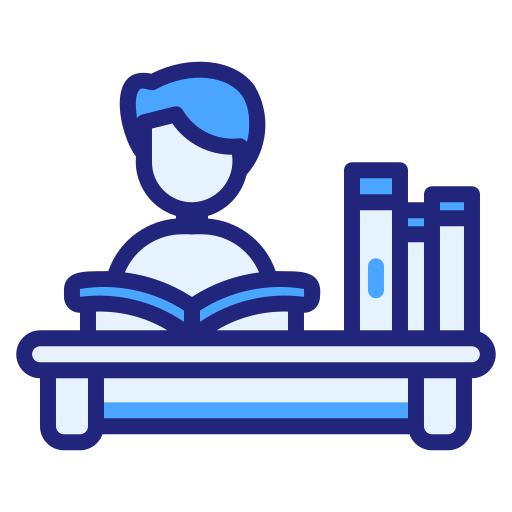Refugee resettlement to Canada
Refugee status
Canada offers refugee protection to some people in Canada who fear persecution or who would be in danger if they had to leave. Some dangers they may face include
torture
risk to their life
risk of cruel and unusual treatment or punishment
If you feel you could face one of these risks if you go back to your home country or the country where you normally live, you may be able to seek protection in Canada as a refugee.
Who can make a refugee claim
To make a refugee claim, you
must be in Canada
can’t be subject to a removal order
If you’re outside Canada, you may be eligible to
resettle in Canada as refugee
immigrate to Canada through one of our programs

Eligibility
If you make a refugee claim, we’ll decide if it can be referred to the Immigration and Refugee Board of Canada (IRB). The IRB is an independent tribunal that makes decisions on immigration and refugee matters.
Your refugee claim may not be eligible to be referred to the IRB if you
are recognized as a Convention refugee by another country that you can return to
were granted protected person status in Canada
arrived via the Canada–United States border
have made a refugee claim in another country, as confirmed through information-sharing
are not admissible to Canada on security grounds or because of criminal activity or human rights violations
made a previous refugee claim that was not found eligible
made a previous refugee claim that was rejected by the IRB
abandoned or withdrew a previous refugee claim
The IRB decides who is a Convention refugee or a person in need of protection.
Convention refugees are outside their home country or the country they normally live in. They’re not able to return because of a well-founded fear of persecution based on
race
religion
political opinion
nationality
being part of a social group, such as women or people of a particular sexual orientation
A person in need of protection is a person in Canada who can’t return to their home country safely. This is because, if they return, they may face
danger of torture
risk to their life
risk of cruel and unusual treatment or punishment
Make a claim after arriving in Canada
You can also make a claim for refugee protection after arriving in Canada. If you choose to make a claim after arriving in Canada, you must submit a complete application including all supporting documentation, as well as the BOC Form, when you make your claim. Refer to the Completing Your Basis of Claim Form page for information about the BOC Form and what is required.
To make your claim after arriving in Canada, you should submit your refugee claim online. If you have already made a claim, you don’t need to resubmit it through the portal.
To submit your claim online, you’ll need a scanner or camera to create electronic copies of your documents. You will also need to create your online account, which can be used to submit your claim, and also to check on the status. If you are unable to submit your claim online after arriving in Canada, you may request to submit your refugee claim on paper from inside Canada.
If you are working with a representative that is helping you with your claim, they can either help you complete your claim or submit a claim for you. Whoever creates the portal account is the person who must sign and submit the claim. If your representative is submitting a claim for you, both you and your representative must sign a declaration form and upload it to the portal account, authorizing them to make a claim on your behalf.
If your claim is rejected…
- You may choose to leave Canada voluntarily.
- If you are eligible (most claimants are), you can appeal to the RAD. You must file your appeal within 15 days of receiving your Notice of Decision and reasons for decision.
- If you are not eligible to appeal to the RAD, you can apply to the Federal Court for judicial review.
Claim refugee status from inside Canada:
After you apply
If you make your claim at the port of entry
There are 4 possible results from making your claim at the port of entry. The next steps depend on what happens at the border.
- The border services officer decides your claim is eligible
You’ll receive a notice from the Immigration and Refugee Board of Canada (IRB) about a hearing. You must
- complete your medical exam, and
- go to your hearing with the IRB
- The officer schedules you for an interview
You must
- complete your medical exam, and
- go to your scheduled interview
- The officer tells you to complete your claim online
You must
- complete your claim online
- complete your medical exam, and
- go to your scheduled interview
To complete your claim online, you’ll need
- the application number on your acknowledgement of claim letter
- your interview location
- The officer decides your claim is not eligible
If you submit your claim online through the Canadian Refugee Protection Portal
After you submit your claim online, we’ll review it to make sure it’s complete. If it is, we’ll
- add your refugee claim (and the claims for any family members you included) to our system
- send you the following through your online account:
- an acknowledgement of claim letter (which will help you get access to the Interim Federal Health Program and other services in Canada)
- instructions to complete your medical exam
- a letter with details about an in-person appointment, once we’ve scheduled it
If your claim is incomplete, we’ll let you know what’s missing.
You’ll get an email if we update your account or upload a document for you. Make sure you check your email regularly.
If you made your claim at the port of entry and were told to complete it online
You must keep the acknowledgement of claim letter you received at the border and go to your scheduled interview. You won’t get a new letter or new interview details.
Go to your appointment
Make sure you bring your original passport or any other identification documents you have to your appointment.
During your appointment, we’ll
- review your application
- collect your fingerprints and photo (biometrics) and any required documents (if you haven’t already provided them)
- conduct your eligibility interview to decide if your claim is eligible (if we can)
- give you documents about next steps
Go to your interview
During your interview we’ll decide if your claim is eligible. If we decide it is, we’ll refer it to the Immigration and Refugee Board of Canada (IRB).
After the interview, we’ll give you a Refugee Protection Claimant Document that matches our decision about your claim. If your claim is eligible, we’ll also give you a confirmation of referral letter that confirms we referred your claim to the IRB. These documents will help you
- prove you are a refugee claimant in Canada
- get access to the Interim Federal Health Program and other services in Canada
If your claim is eligible
If we refer your claim to the IRB, the IRB will send you a notice to appear for a hearing. This notice will tell you
- where to go for your hearing
- when to get there
- when it starts
After your hearing, the IRB will approve or refuse your refugee claim.
After your hearing
After your refugee hearing, the IRB approves or rejects your refugee claim.
If the IRB accepts your claim, you get “protected person” status. This means you can stay in Canada, and you can apply to become a permanent resident of Canada.
If the IRB rejects your claim, you’ll have to leave Canada. You may be eligible to appeal the IRB’s decision. You may also have other options.
If your claim is not eligible
If your claim is ineligible, your claim won’t be referred to the IRB and you’ll be issued an enforceable removal order to leave Canada.
Work or study while waiting for a refugee claim decision
Get a work permit
Get a study permit
Extend your work or study permit


Get a work permit
Who can get a work permit
You and your family members may be eligible for open work permits if you’re making a refugee claim and
- you need a job to pay for food, clothing and shelter
- the family members you want permits for
- are with you in Canada
- plan to work
- are also applying for refugee status
How to apply for a work permit
If you haven’t already submitted your refugee claim, you can let us know in your online claim application.
- Choose “Yes” when asked if you would like to request a work permit.
- You don’t need to submit a separate application or pay extra fees.
- We’ll give you a work permit after you complete your medical exam, if your claim has been found eligible or we referred your claim to the Immigration and Refugee Board of Canada.
If you already submitted your refugee claim, but didn’t apply for a permit at the same time, you can apply for a work permit separately.
Faster work permits for asylum claimants
As of November 16, 2022, we’ll process work permits for asylum claimants once we find them eligible and before we refer them to the Immigration and Refugee Board of Canada. Before we issue a work permit, claimants must still
- provide all required information (in the Canadian Refugee Protection Portal or IRCC Portal)
- complete an immigration medical exam
- give biometrics

Get a study permit
Who can get a study permit
A study permit lets you to go to school while you’re waiting for a decision on your claim. You and any of your family members who also made a refugee claim may be eligible for study permits. You must have an acceptance letter from a designated learning institution.
How to apply for a study permit
If you want to study while you’re in Canada, you must apply online for a study permit. You must have a letter of acceptance from a designated learning institution to apply.
You can’t request to apply for a study permit when you submit your refugee claim. You must apply for a study permit separately.
Minor children don’t need a study permit to go to kindergarten, elementary or secondary school.
Extend your work or study permit
If you apply to extend your work or study permit before it expires, you have the right to keep working or studying while you wait for a decision on your extension. To prove that you can still work or study, you can show your
expired work or study permit
proof of your application for an extension, including
a copy of your application
your fee receipt
confirmation that it was sent and delivered before your permit expired
If you let your work or study permit expire before you apply to extend it, you have to submit a new application and stop working or studying while you wait for a decision.
If you are fleeing your country because you fear persecution or risk to your life, you can apply for asylum in Canada.
If you are granted asylum, you will receive refugee status and the right to stay.
To apply for asylum, you must be physically present in Canada or be seeking entry into the country at a port of entry (airport, land border or seaport).
Have you made a refugee claim in Canada? Do you want to know more about refugee hearings
A refugee receives between 1,000 and 1,500 dollars in government living allowance. Of course, it is separate from accommodation and other services.
The first step towards moving to Canada is to get an assessment of your specific situation. Call us today at +1 613.222.7154 for an assessment to see if you are eligible to move to Canada, or fill out our online assessment form.







